The hottest market in the hottest economy in the world is Chinese real estate? The big question is how vulnerable is this market to a crash.
One red flag is the vast number of vacant homes spread through China, by some estimates up to 64 million vacant homes.
We’ve tracked down satellite photos of these unnerving places, based on a report from Forensic Asia Limited. They call it a clear sign of a bubble: “There’s city after city full of empty streets and vast government buildings, some in the most inhospitable locations. It is the modern equivalent of building pyramids. With 20 new cities being built every year, we hope to be able to expand our list going forward.”
Could These New Vacant Cities Be Built Largely Because Of The Huge Wealth China Has Reaped From Its Wealth Of Coal?
Either way, the real estate market in China has caused massive debt.
Coal – Biden & Obama Has Shut Down America’s Coal Production.
Indentured Servitude Program Or Just A Housing Gambling Program That Has Left China Reeling In Massive Debt?
America For Sale: Obama – China Breaching National Security: U.S. Companies Being Forced Into 50-50 Agreements With China.
Business Insider
Few countries are more important to the global economy than China. But its reputation as an unstoppable giant — as a country with an unending supply of cheap labor and limitless capacity for growth — masks some serious and worsening economic problems.
China’s labor force is aging. Its consumers save too much and spend too little. Its political and economic policy tools remain crude. Its state bureaucracy seems likely to curb spending just as exports weaken, and thus risks deflation. As U.S. consumers retrench, and as the global commodity bubble begins to dissipate, these fundamental weaknesses will combine in a way that’s unlikely to end well for China — or for the rest of the world.
FU*KING TREASON!
Obama is providing $Billions of dollars of foreign aid to some of the world’s richest countries – while at the same time borrowing the $billions back, according to report seen by Congress.
The Congressional Research Service released the report last month which shows that in 2010 the U.S. handed out a total of $1.4bn to 16 foreign countries that held at least $10bn in Treasury securities.
Four countries in the world’s top 10 richest received foreign aid last year with China receiving $27.2m, India $126.6m, Brazil $25m, and Russia $71.5m.
Mexico also received $316.7m and Egypt $255.7m.
And yet despite the massive outgoings in foreign aid, the receiving countries hold trillions of dollars in U.S. Treasury bonds.
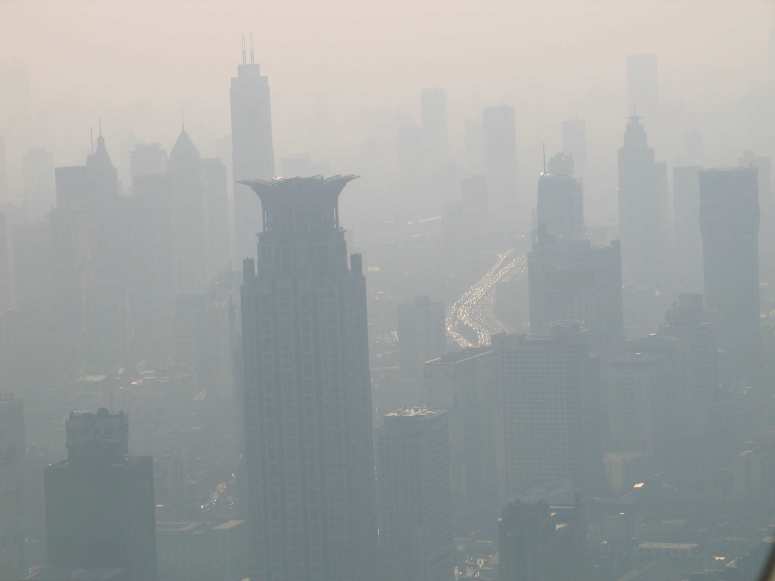
To start, China is much more vulnerable to an international slowdown than is generally understood. In late 2007, my firm’s research found that too few people in China had the discretionary spending capability to support its economy domestically. Our analysis showed that it took a per-capita gross domestic product of about $5,000 to have meaningful discretionary spending power in China.
About 110 million Chinese had that much or more, but they constituted only 8 percent of the population and accounted for just 35 percent of GDP in 2009, while exports accounted for 27 percent. Even China’s middle and upper classes had only 6 percent of Americans’ purchasing power.
Why Overconfidence Abounds
With such limited domestic spending, why do so many analysts predict that China can continue its robust growth?
In part because they believe in the misguided concept of global decoupling — the idea that even if the U.S. economy suffers a setback, the rest of the world, especially developing countries such as China and India, will continue to flourish. Recently — after China’s huge $586 billion stimulus program in 2009; massive imports of industrial materials such as iron ore and copper; booms in construction of cement, steel and power plants, and other industrial capacity; and a pickup in economic growth — the decoupling argument has been back in vogue.
This concept is flawed for a simple reason: Almost all developing countries depend on exports for growth, a point underscored by their persistent trade surpluses and the huge size of Asian exports relative to GDP. Further, the majority of exports by Asian countries go directly or indirectly to the U.S. We saw the effects of this starting in 2008: As U.S. consumers retrenched and global recession reigned, China and most other developing Asian countries suffered keenly.
Overconfidence in China’s ability to keep its economy booming is also partly psychological. It reminds me of the admiration and envy (even fear) that many felt toward Japan during its bubble days in the 1980s. As Japanese companies bought California’s Pebble Beach, Iowa farmland and Rockefeller Center in New York, what was safe from their zillions? Then the Japanese stock and real-estate bubbles collapsed, and Japan entered the deflationary depression in which it’s still mired.
Success and Complacency
What’s more, China’s recent successes have been so pronounced that they’ve led many to conclude that its economy is a juggernaut. And, indeed, the Chinese have much to be proud of: Last year, China passed Japan to become the world’s second largest economy, a huge achievement considering China started in the late 1970s with a tiny pre-industrialized economy.
But this success may have led to complacency. I suspect that the 2007-2009 global recession, and the dramatic transformation by U.S. consumers from gay-abandon borrowers-and- spenders to Scrooge-like savers, caught Chinese leaders flat- footed. They probably planned to encourage consumer spending and domestic-led growth, but later — much later.
Growth Machine
They were enjoying a well-oiled growth machine. Growing exports, especially to American consumers, stimulated the capital spending needed to produce yet more exports and jobs for the millions of Chinese streaming from farms to cities. Wages remained low, due to ample labor supplies, and held down consumer spending. So did the high Chinese consumer saving rate. Because Chinese could not invest offshore, much of that saving went into state banks at low interest rates. The money was then lent to the many inefficient government-owned enterprises at subsidized rates.
In a country where stability is almost worshipped, why would any leader want to disrupt such a smoothly running economy?
But before you worry about China’s becoming No. 1 any time soon, consider the remaining gap between its economy and the U.S. economy. In 2009, China’s GDP was $4.9 trillion, only 34 percent of the U.S.’s $14.3 trillion. Because China has 1.32 billion people, or 4.3 times as many as the U.S. has, the gap in per-capita GDP was even bigger: China’s $3,709 was only 8 percent of the U.S.’s $46,405.
A Wide Gap
Just to maintain this gap at current levels, Chinese GDP will need to grow at double-digit rates for four years before tapering off, or rise sixfold in three decades (assuming that U.S. real GDP increases 2 percent per year on average for the next 30 years, and using government population projections). To close the per-capita GDP gap in 30 years, Chinese GDP would need to grow about 10 percent per year for three decades, or expand to 17.8 times its current size in that period.
Such rates of growth seem close to impossible if the global economy slows.
As the announcer for the Cleveland Indians used to say when the Tribe was hopelessly behind, “They have their work cut out for them!”
(A. Gary Shilling is president of A. Gary Shilling & Co. and author of “The Age of Deleveraging: Investment Strategies for a Decade of Slow Growth and Deflation.” The opinions expressed are his own.
- War Torn Iraq Projected To Grow FASTER then CHINA In The Next 2 Years! Secretary Of State Video!
- Obama Gives Green Light To China ~ Breaching National Security: U.S. Companies Being Forced Into 50-50 Agreements With China
- Father Of Communist China ‘Sun Yat-Sen’ & Obama, Received Hawaii’s COLB.
- It Is Permitted To Deceive Christians: Rothschild Pharisees ~ War & Famine This Way Comes!
- Britain Imploding : Global Warming Scare To Usher Carbon Tax To Bail Out Britain’s Rothschild Banking Cartel –> Failed!
- LaRouche Invoke The 25th. Amendment: British Monarchy’s Schemes ~ While You Were Sleeping
- Bilderberger Clinton Via His Administration, Financed The Military Buildup Of China: Bilderbergers Gates & Buffet host banquet for China‘s super rich!
- Felon Soros, Inside Trading Pump Dump Schemes: The Bilking Of The United States Of America ~ For China And Brazil
- The Pusher: British Monarchy Brought Down China Pushing Opium ~ They’ve Been Doing The Same With The United States! ‘DETAILED’
- Christianity In China Booming: Largest Christian Population In The World Which Outnumbers Chinese Communists
- To All Of Those Who Voted Obama & Bought The Propaganda: China & Russia Quit the Dollar
Related articles
- Empty Cities In China Increasing: 64 Million Vacant Homes Within 20 Ghost Cities. (politicalvelcraft.org)
- Obama Told Bankers Today Its OK To Foreclose On American Citizens Who Bailed You Out: Billy Clinton Gave The Banks What They Wanted! (politicalvelcraft.org)
- News Out On China’s Imminent Collapse: Real Estate In Beijing Slumped 73% In August! (politicalvelcraft.org)
- Satellite Pictures Of The Empty Chinese Cities Where Home Prices Are Crashing (businessinsider.com)
- The Madness of the Chinese, Talk about a property bubble! (politics.ie)
- China’s ‘Ghost Cities’ Prompt Fears (myfoxny.com)
- Housing the homeless in vacant buildings? (sfgate.com)
- Bizarre! China’s eerie ‘ghost cities’ arise (wnd.com)
- More Eerie Ghost Cities Appear in China – Without People (itmakessenseblog.com)
- Shovel Ready Projects (for China) (fellowshipofminds.wordpress.com)

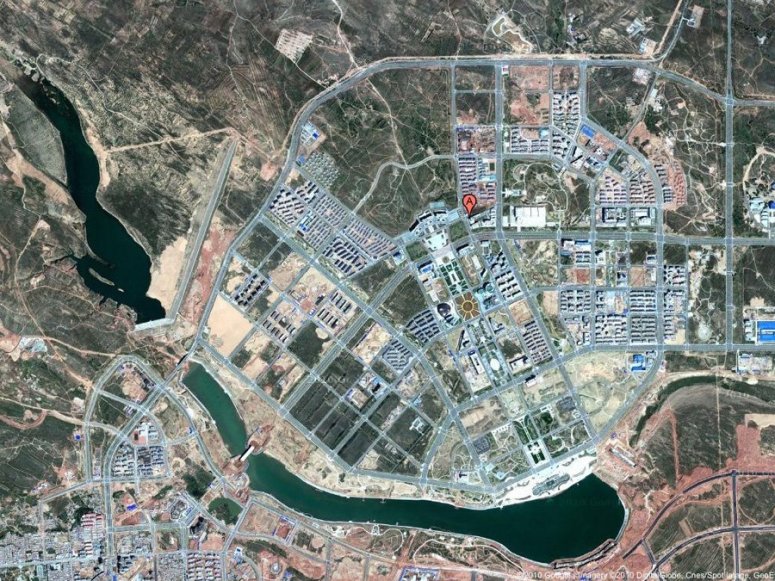
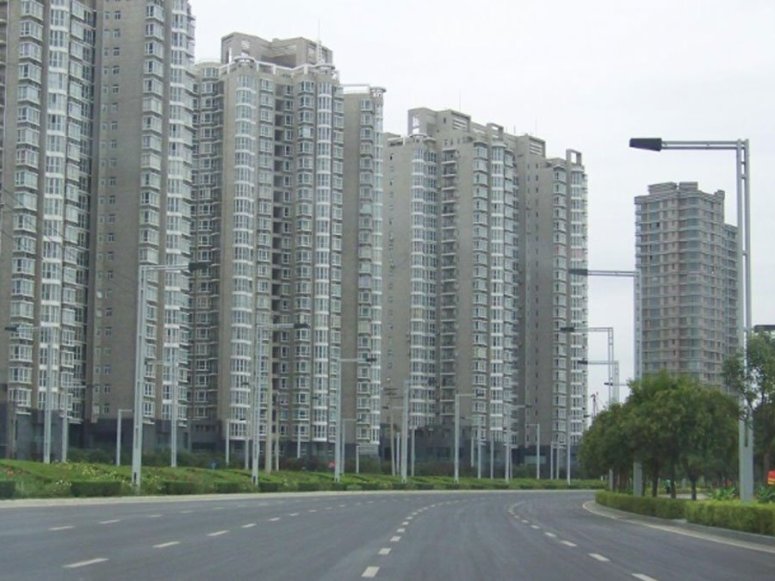
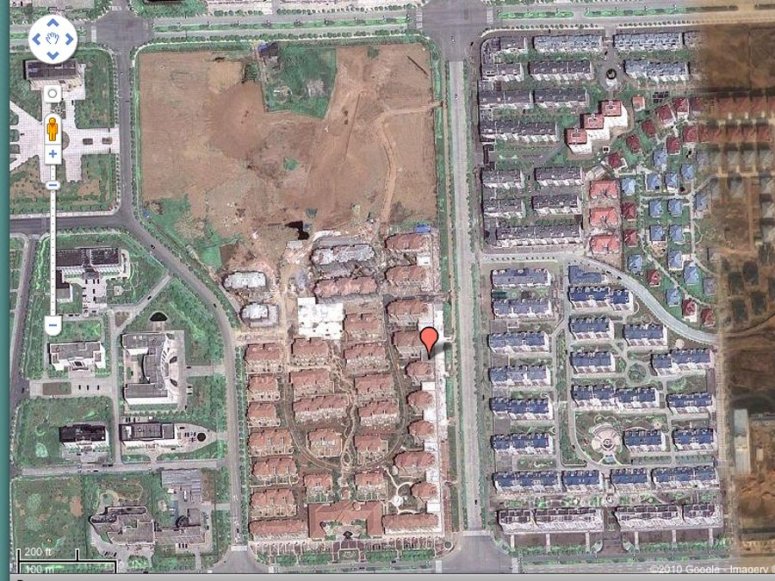
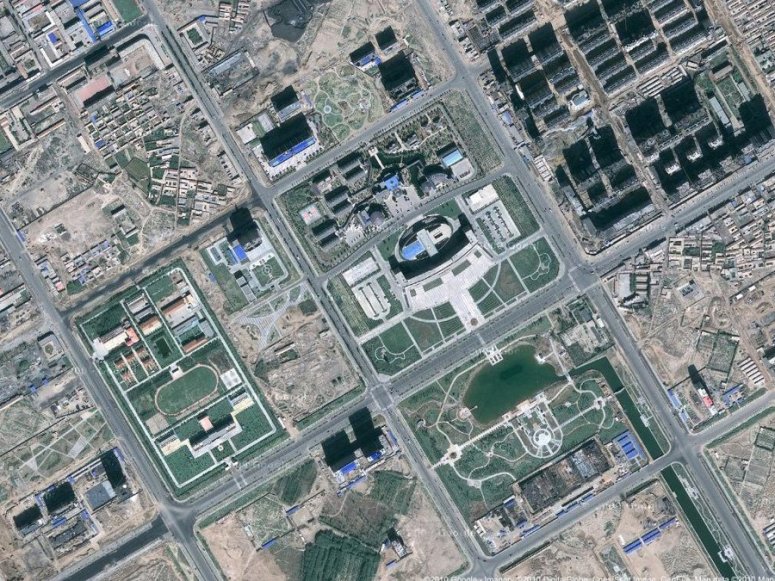

![demoneyes2[1]](https://politicalvelcraft.org/wp-content/uploads/2011/08/demoneyes21.gif?w=775)


